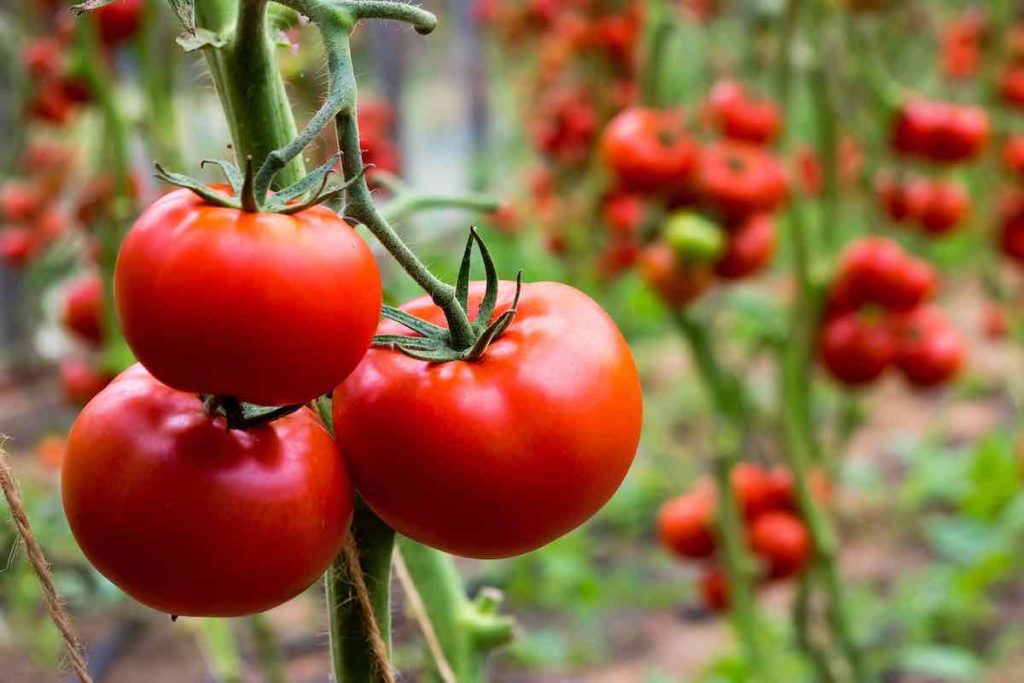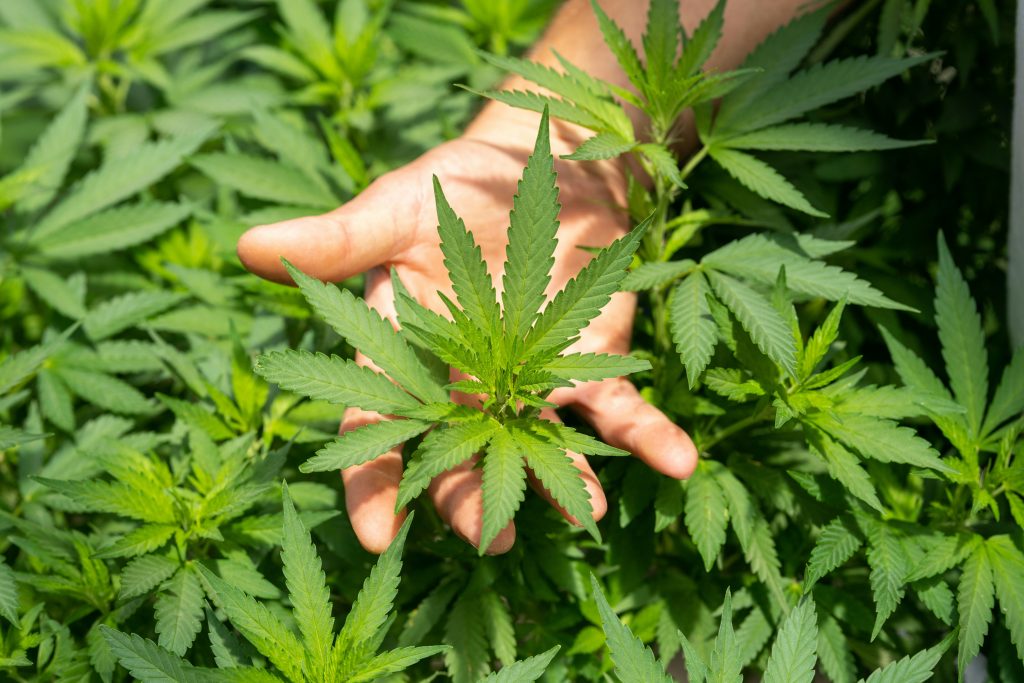Tomatoes are a versatile and delicious addition to any garden. Whether you have a big backyard or a small balcony, growing your own tomatoes can be a rewarding enjoyable and beautiful experience. While starting from seeds is an option, growing tomatoes from plants provides a head start and saves you time. In this guide, we will walk you through the step-by-step process of how to grow tomatoes from plants.
This will help you cultivate healthy, vibrant tomato plants and savor the flavor of homegrown tomatoes.
Steps on how to grow tomatoes from plants
- Choose the right tomato plants
- Prepare your planting area
- Dig your planting hole
- Plant your tomatoes
- Water and Mulch
- Support your plants
- Fertilize and prune
- Manage pest and diseases
- Harvest your tomatoes
Choose the right tomato plant
Selecting the right tomato plants is the first step on how to grow tomatoes from plants and it is very crucial for a successful harvest.
We are always advised in school to get healthy and disease-resistant tomato plants from reputable nurseries or garden centers. Consider factors like climate compatibility and the desired variety to suit your needs.
A tomato plant that will do well in the United States might not do so well in Nigeria. I personally confirmed this when I grew an imported tomato specie that appeared really big from the store, but the harvest was really bad after some few months. So it is best you ask questions about your tomato specie and the environment that best supports its growth.
Prepare your planting area
Tomatoes thrive in complete daylight, so choose a location that receives at least 6-8 hours of direct sunlight daily. Ensure the soil is well-drained, rich in organic matter, and slightly acidic with a pH between 6.0 and 6.8. Prepare the soil by removing weeds, rocks, and debris, and loosen it to a depth of 12-18 inches.
Dig your planting hole
Once your planting area is ready, dig holes for the tomato plants. Each hole should be deep enough to accommodate the plant’s root ball. Remove the lower leaves from the stem, leaving only the top few leaves.
This will help reduce the spread of diseases and it will channel your tomato plant’s energy into producing fruits rather than a lot of foliage.
Plant your tomatoes
Place the tomato plant into the hole (one plant per hole), ensuring that the top leaves are above the soil level. Gently fill the hole back with soil, firming it around the base of the plant.
Avoid burying the stem too deep, as it may lead to rotting. Plant spacing should be according to the recommended distance for the specific variety, typically 24-36 inches apart.
Tomato seeds typically germinate in 5 to 10 days if given optimal conditions.
Tomatoes are warm-season plants that do not tolerate frost or chilly temperatures. We normally recommend planting early to mid-May when the danger of frost has past and soil has had a chance to warm.
Read also: How to grow kale in pots
Water and Mulch
Watering newly planted tomato plants is very important as it helps to settle the soil and promote root establishment. Provide consistent moisture, aiming for 1-1.5 inches of water per week.
To conserve moisture, prevent weed growth, and regulate soil temperature, apply a layer of organic mulch around the plants, leaving a small gap around the stem. A good example is the coconut husk.
Support your tomato plants
As your tomato plants grow, they will require support to keep the branches and fruits off the ground. Stake or cage the plants to prevent sprawling and improve air circulation, reducing the risk of diseases.
Install the supports at the time of planting or shortly after to avoid damaging the root system later. So you’re not supporting at the time of planting, you’re only installing the support system at that time or shortly after to avoid disturbing or damaging the root system of your plant.
Fertilize and Prune
Feed your tomato plants with a balanced fertilizer (with a ratio like 3-4-6 or 4-7-10. Most importantly, don’t over-fertilize. Too little fertilizer is always better than too much.) or compost during planting and throughout the growing season. Follow the recommended dosage instructions to avoid over-fertilization.
Regularly inspect the plants and remove suckers (the small shoots that develop in the crotch between the main stem and branches). Pruning improves airflow, encourages fruit production, and minimizes disease susceptibility.
Manage Pest and Diseases
Monitor your tomato plants for common pests like aphids, tomato hornworms, and whiteflies. Use organic pest control methods or insecticidal soaps to prevent and manage infestations.
Additionally, be vigilant for signs of diseases such as blight, wilt, or powdery mildew. Promptly remove and destroy any affected plant parts to prevent the spread.
Harvest your tomatoes
Harvesting your ripe ang juicy fruit is very exciting. Tomatoes are ready for picking when they reach their mature color, depending on the variety. Tomatoes are generally ready to harvest 10-12 weeks from sowing. Gently twist or use pruners to detach the fruits from the vine, leaving the stem intact.
Allow tomatoes to ripen further indoors if needed, but avoid direct sunlight after harvest to retain its freshness and juiciness. The best place to store your tomatoes is in the refrigerator, not in the freezer.

The bottom line
Growing tomatoes from plants is an accessible and rewarding endeavor for both experienced and novice gardeners. With the right selection of healthy plants, suitable growing conditions, proper care, and attention to pest and disease management, you can enjoy a bountiful harvest of flavorful tomatoes.
By following the steps outlined in this guide, you’ll soon be savoring the taste of homegrown tomatoes straight from your own garden. Happy growing!
